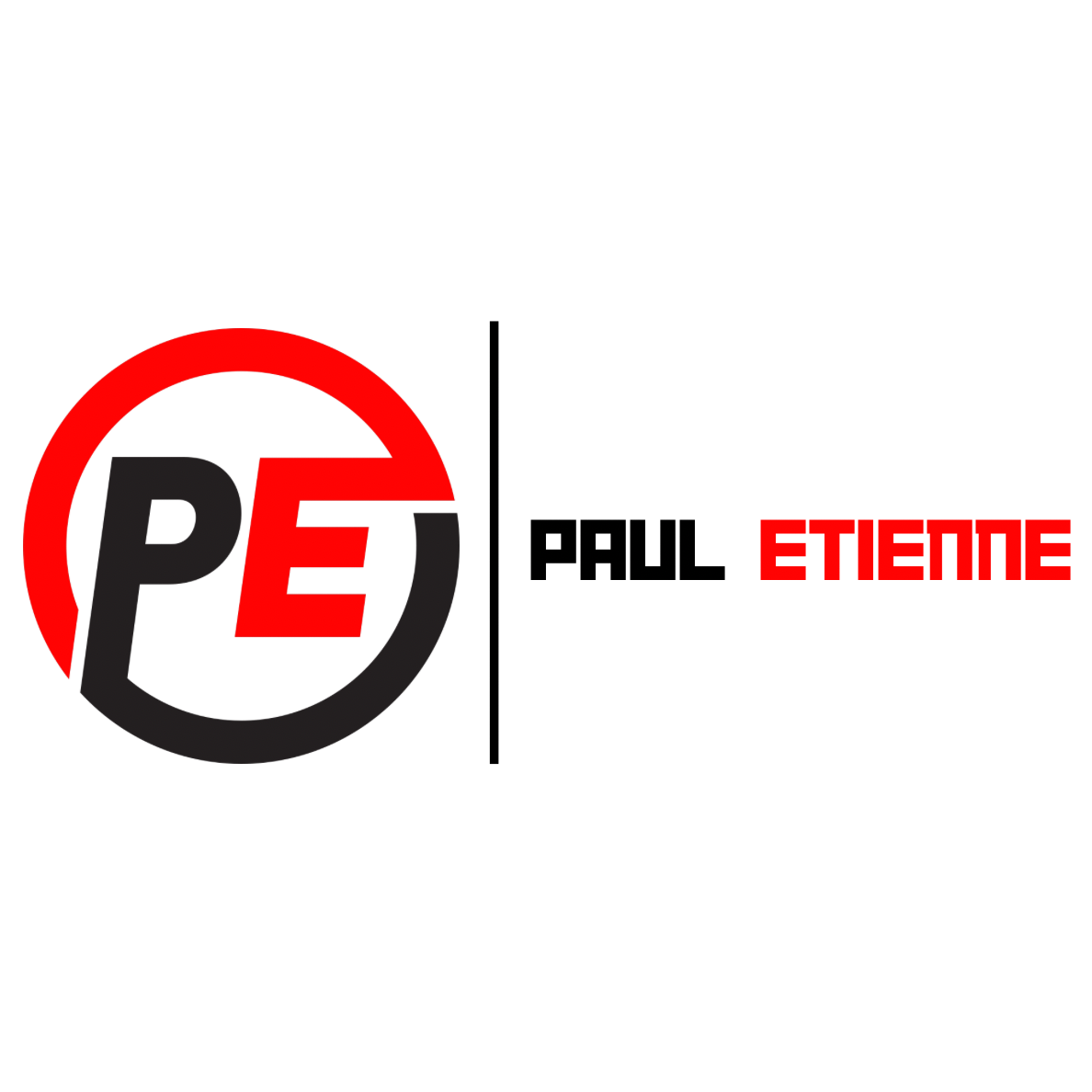If you’re self-employed, you enjoy the freedom of being your boss, but you’re also responsible for planning your financial future, including retirement. Creating a retirement roadmap is essential to ensure you have the financial security you need in your golden years. In this article, we’ll explore the unique retirement challenges faced by the self-employed and provide a comprehensive guide to help you plan for a comfortable retirement.
Assess Your Current Financial Situation
Before embarking on your retirement journey, it’s crucial to evaluate your current financial standing. Calculate your assets, debts, and monthly expenses. This assessment will help you determine how much you need to save for retirement.
Set Retirement Goals
Clearly define your retirement goals. Consider factors such as your desired retirement age, lifestyle, and any specific retirement dreams you may have. Setting clear goals will give you a target to work towards.
Choose the Right Retirement Accounts
As a self-employed individual, you have various retirement account options, such as a Simplified Employee Pension (SEP) IRA, Solo 401(k), or a traditional or Roth IRA. Each has its advantages and eligibility criteria. Select the one that aligns with your financial goals and income.
Create a Retirement Savings Plan
Once you’ve chosen your retirement account, create a savings plan. Determine how much you can contribute regularly and stick to your plan. The key is consistency, even if you can only contribute a small amount initially.
Tax Benefits and Deductions
Explore the tax benefits and deductions available to self-employed individuals who contribute to retirement accounts. These incentives can help reduce your tax liability while boosting your retirement savings.
Diversify Your Investments
Diversification is essential to manage risk in your retirement portfolio. Consider a mix of stocks, bonds, and other investments to spread risk and potentially increase your returns over time.
Regularly Review and Adjust
Your financial situation and retirement goals may change over time. It’s essential to regularly review your retirement plan and make adjustments as needed. This may involve increasing contributions, changing investments, or reassessing your retirement age.




